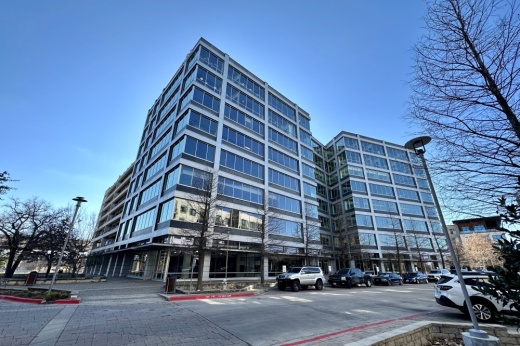The overview
Mobility Authority Executive Director James Bass provided the board of directors with details on the first year of the plan during its regular board meeting May 31.
Bass explained that projects within the plan are broken down into three prioritization levels:
- Priority 1: These items are an absolute must to keep the Mobility Authority in good operating condition.
- Priority 2: These items would enhance roadway conditions and operations.
- Priority 3: These are improvements to consider if there are funds available.
Some of the highlights of the CIP’s first-year requests include:
Engineering
- Priority 1: $36 million for various improvements, including sign replacements, technology retrofits and MoPac pavement
- Priority 2: $26.7 million for various improvements, including sign replacements, SH 45 SW pavement and 183A Toll added capacity
- Priority 1: $4.8 million for safety technology; $3.2 million for toll violation mitigation technology
- Priority 2: $3.6 million for roadway traveler communications (Bluetooth); $1.6 million for safety technology
- Priority 1: $46.1 million for toll system equipment replacement; $1.1 million for the Mobility Authority Data Platform
- Priority 2: $2.8 million for roadside communication units
- Priority 1: $15 million for the building of or purchase of a new Mobility Authority headquarters
- Priority 1 items: $83.6 million in FY 2023-24; $282.2 million over the next five years
- Priority 2 items: $12.6 million in FY 2023-24; $2.8 billion over the next five years and beyond
- Priority 3 items: $8.5 million in FY 2023-24; $22.8 million over the next five years
As previously reported by Community Impact, FY 2023-24’s capital budget is informed by the five-year capital improvement plan decisions. As such, Bass said it makes sense to adopt the plan alongside the FY 2023-24 budget, as its year-one projects should be part of the overall budget and years two through five are for planning purposes.
“The thought on the five-year plan would be that it is a plan, and if it were to be adopted next month, it’s not committing or directing staff to spend money on any of the projects in year two, year three,” Bass said. “It’s really [saying], ‘This is a plan; we need to start thinking about it, planning and preparing for these potential future expenditures, and potentially setting dollars aside.’”
Board members were in agreement, however, that they felt there is not enough time to make a decision on the plan before the next meeting June 28, when the FY 2023-24 budget is set to be voted on.
Bass said in its initial year, he is fine with the plan not being approved at the same time as the capital budget, but going forward, he wants to set a cadence for the budget and plan to be updated and subsequently approved together.





